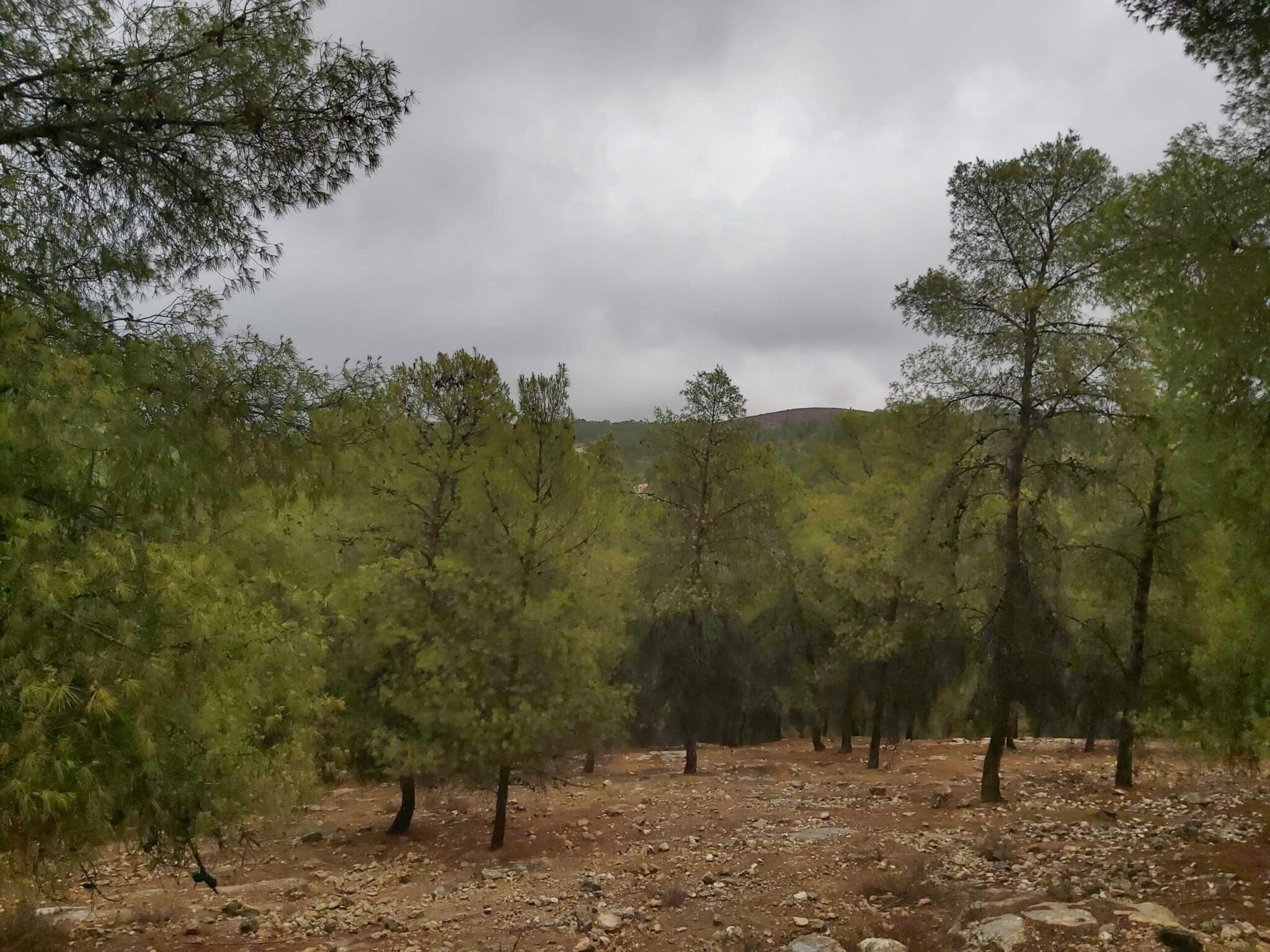In a new Israeli study, it was found that forest trees have difficulty producing new generations due to the decrease in rainfall brought about by the climate crisis, which endangers the future of forests in Israel and around the world
By Orit Eran, Angle - news agency for science and the environment

A few years ago the old lemon tree in the garden of my parents' house died. Happily, before he ended his life, the tree managed to leave us a small gift - a soft lemon tree, his only son, that came up and grew next to him. Today the young lemon is already a mature tree, bearing many good fruits. In a private garden, such an event is a happy matter and nothing more - but in the forests in Israel and around the world, the ability to grow a new generation of trees to replace the previous generation when it ends its life is crucial to continued survival. However, according to A new Israeli study, the decrease in rainfall due to the climate crisis threatens future generations of forests.
In order for hair to regenerate, quite a few sprouts need to sprout, and they must survive and become young trees. These processes were examined in the new study, conducted in collaboration with researchers from the Weizmann Institute of Science (Bhem Prof. Dan Yakir), KKL-Junk and Volcani Institute, its funding was supported by KKL-Junk and it was published in the scientific journal Forest Ecology and Management. The study was carried out between 2020-2015 in the Yatir forest - The largest planted forest in Israel, located in a semi-arid area between the Judean and Negev mountains, at the edge of the distribution limit of pines (that is, the most distant point where this species grows).
In the months of March and April, you could see an abundance of sprouts in Tir. "During the season, you see a very large and massive sprouting, so it seemed that the forest was doing normally and well," says Ella Posner, a master's student in the Department of Plant and Environmental Sciences at the Weizmann Institute of Science and one of the authors of the study.
However, the trend soon reversed, and only a few sprouts - at most 10 percent - survived the summer and were also observed in September. In the 6 years of the study, only a few sprouts were counted that managed to become young trees - at most 20 trees on average per dunam per year. For comparison, in the Malachim-Shaharia forest near Kiryat Gat, an average of several hundred young trees were counted per dunam per year.
There are no "children" in the forest
Why did the sprouts have such a hard time growing into trees? According to the researchers, the main reason for this is a lack of rain. This was particularly noticeable in dry years, such as 2019−2017, where the proportion of sprouts that survived the summer was close to zero. In addition, the study found that grazing (during which animals trample and eat the mature sprouts) and high tree density (which reduces the amount of water available in the soil and allows less light penetration) also harm the regeneration of forests.
It should be noted that other studies actually deal with adaptation mechanisms that develop in the trees at the cellular level, and that allow them to cope with the changes in the local climate and regenerate. Such mechanisms were found, among other things, in forests in Greece, in Brazil and more.
help the forests regenerate
So what can be done to improve the situation, and help the forests regenerate despite the difficult conditions? According to Klein, there are many forestry interface tools that can be used to aid regeneration: protecting soft trees in their first year of life with a plastic sleeve that surrounds the plant on all sides and protects it from wind and animals, erecting low dams near trees to collect rainwater, and thinning the amount The trees in order to increase the amount of water available and the light that penetrates the forest. According to him, in future plantings you should choose tree species that are more resistant to the new climate conditions. With measures like these, and the continuation of studies like the new study, the forests may be able to stop counting their end backwards - and hopefully, we can save some of the most beautiful forest areas in the world.
More of the topic in Hayadan:
